These drone photos show urban inequality around the world
From Mumbai, to Silicon Valley, to Long Beach, California, this drone photography project illuminates scars in the urban fabric.
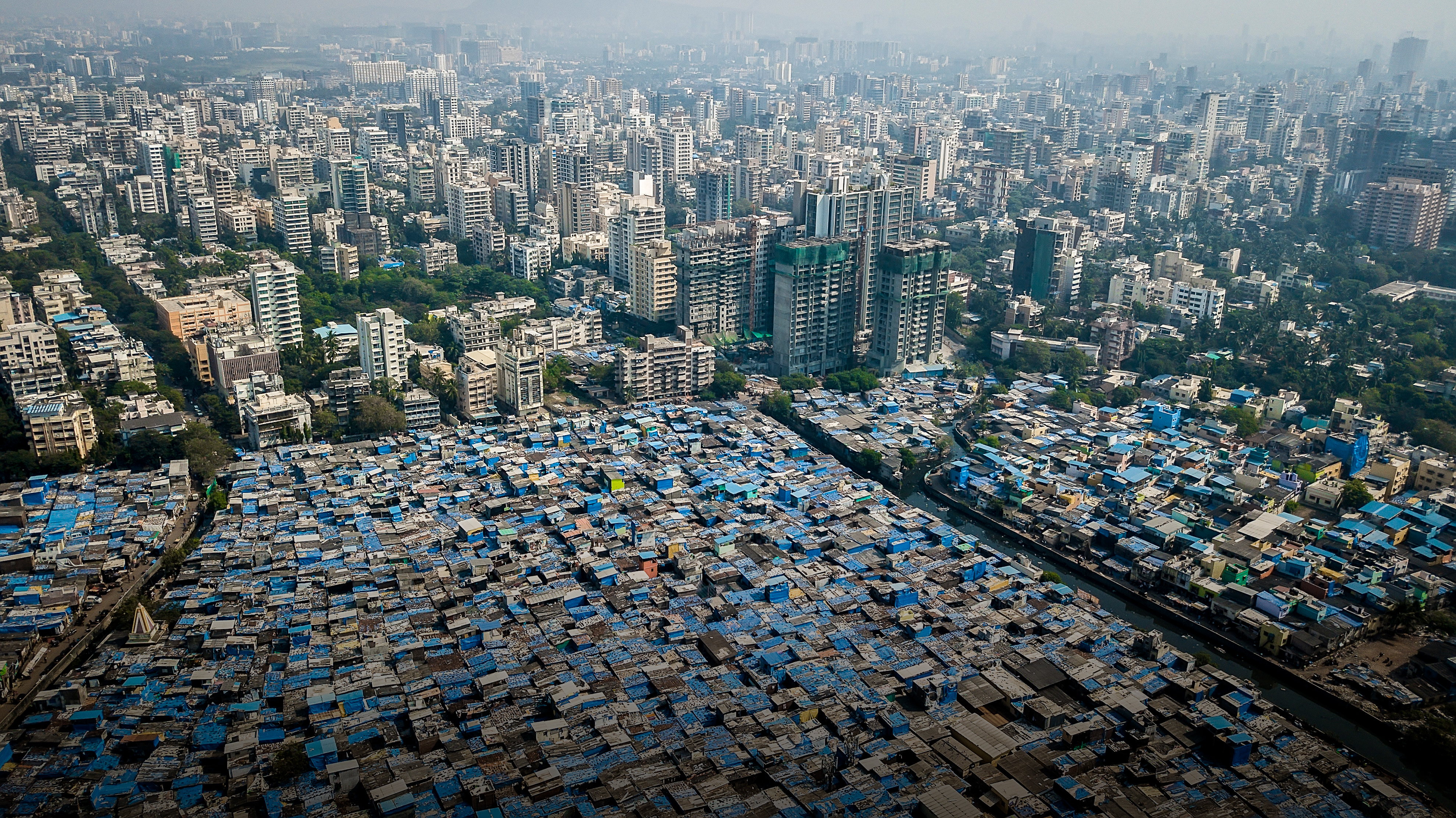
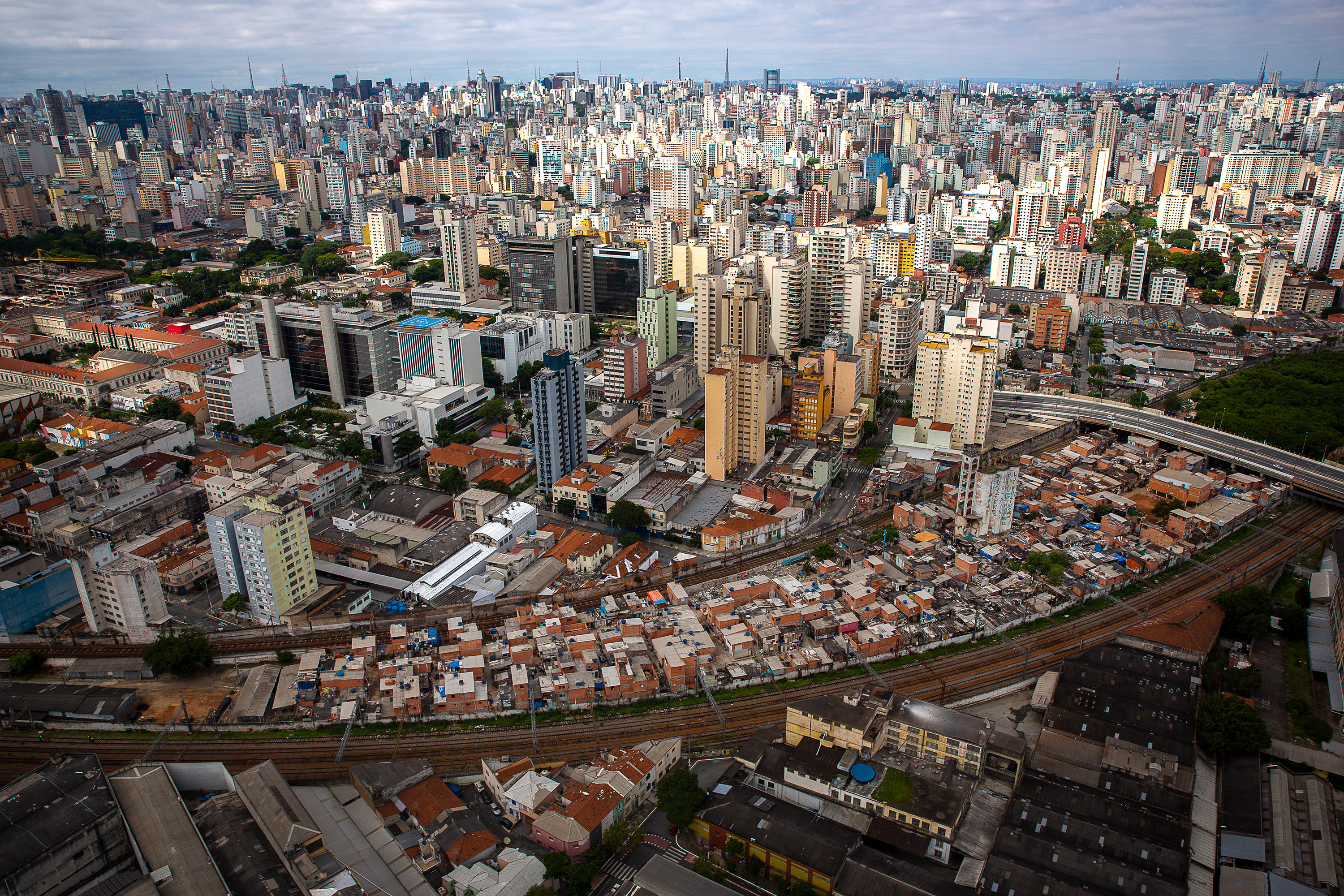
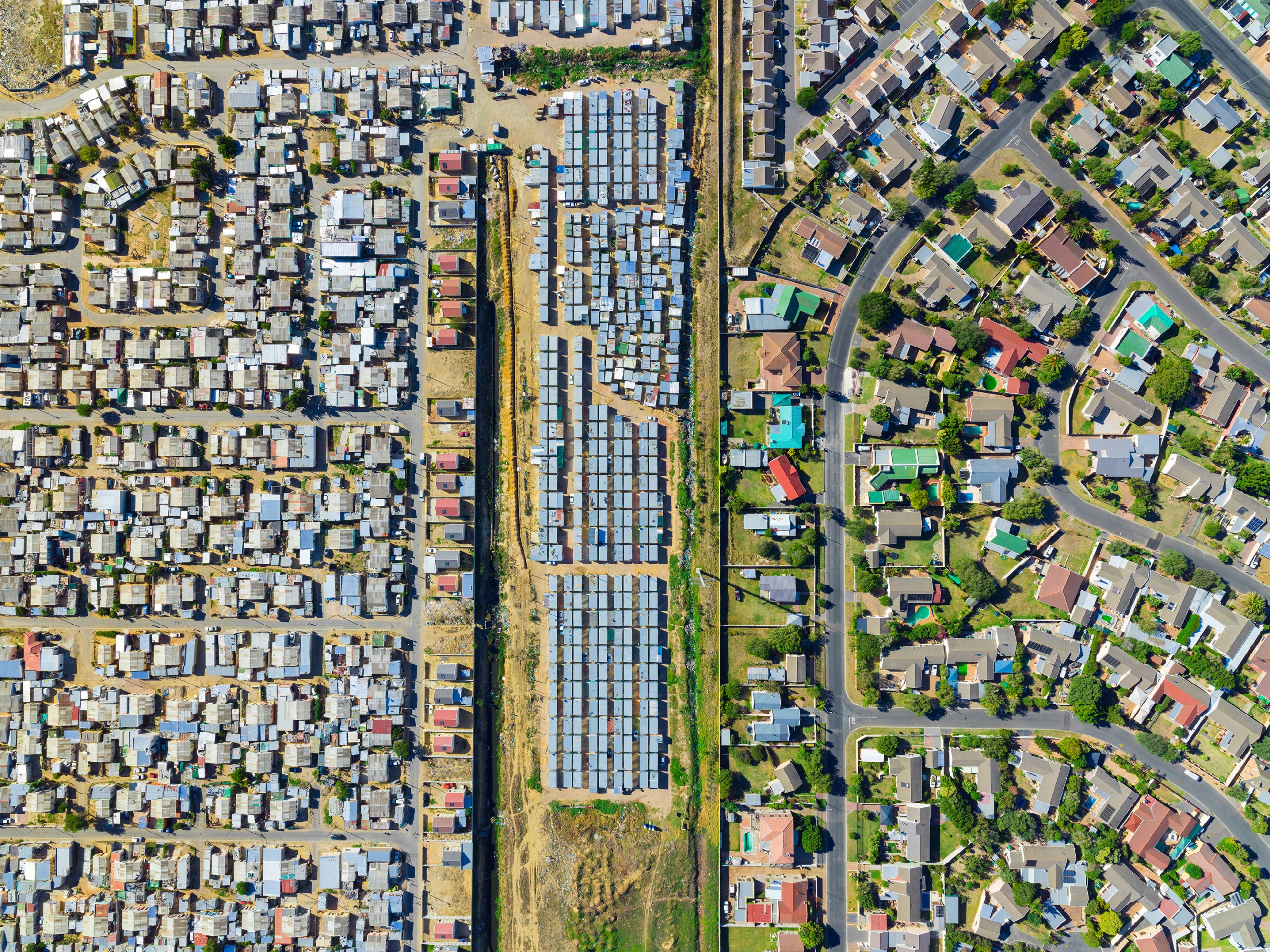
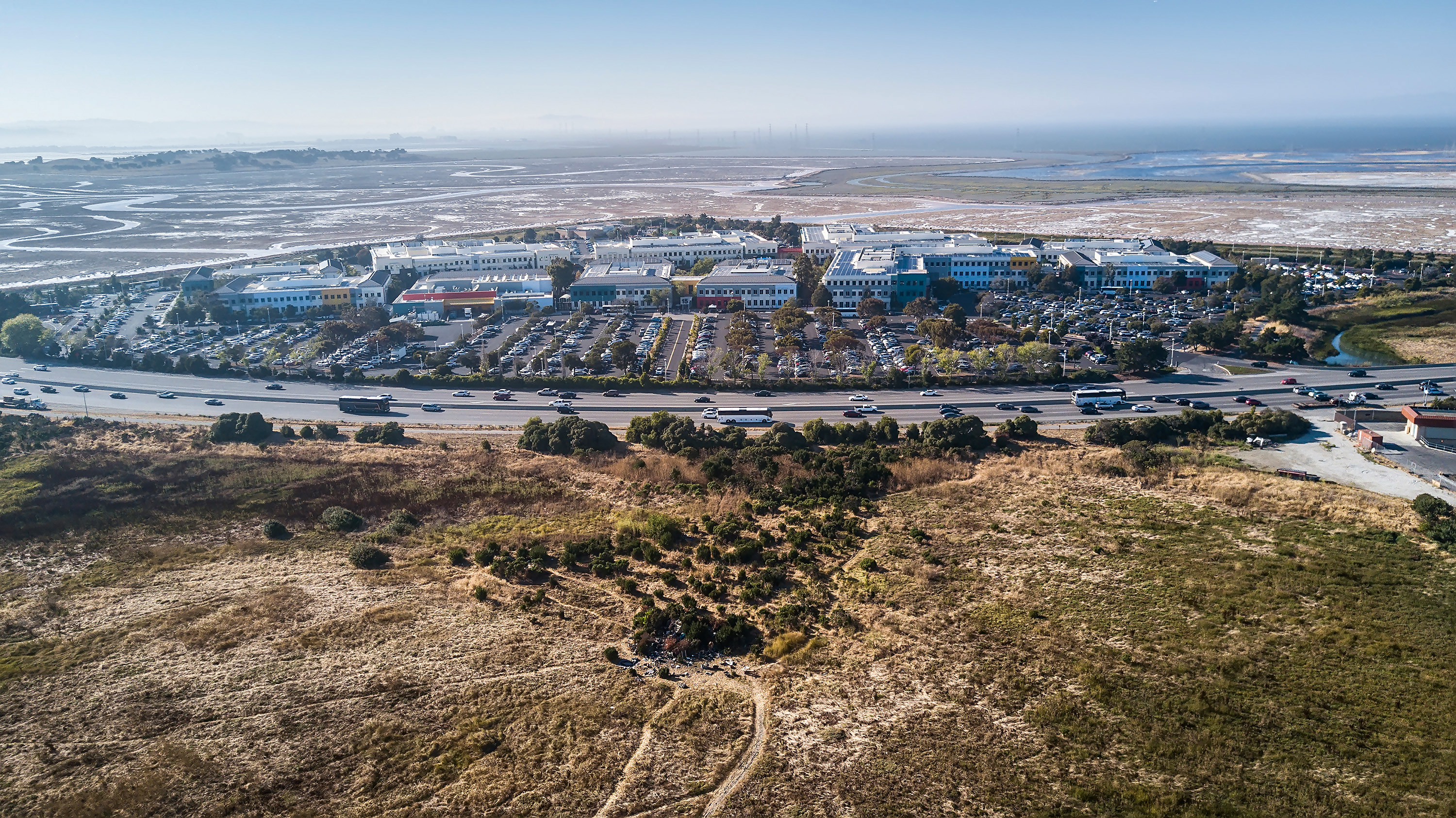
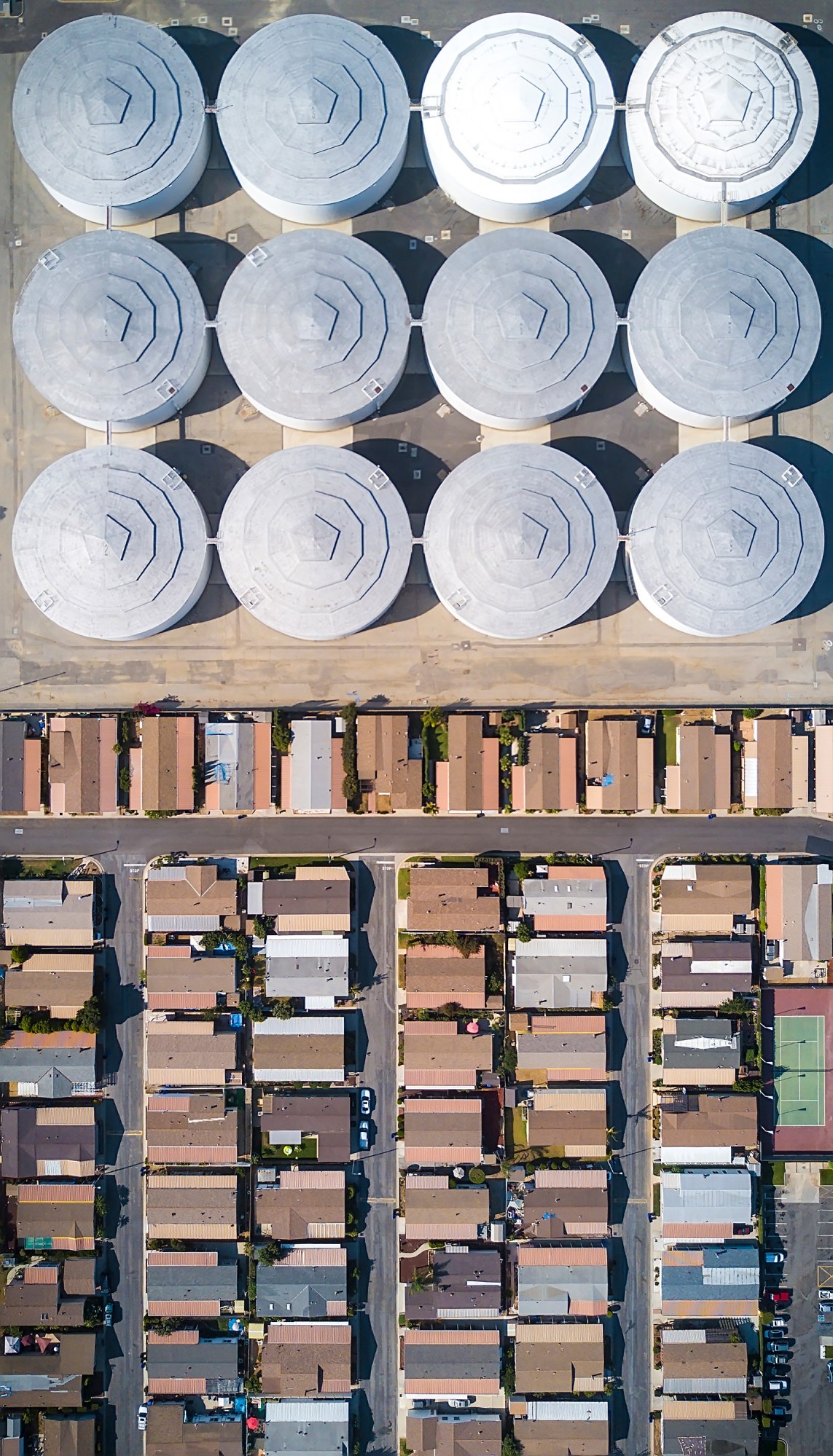
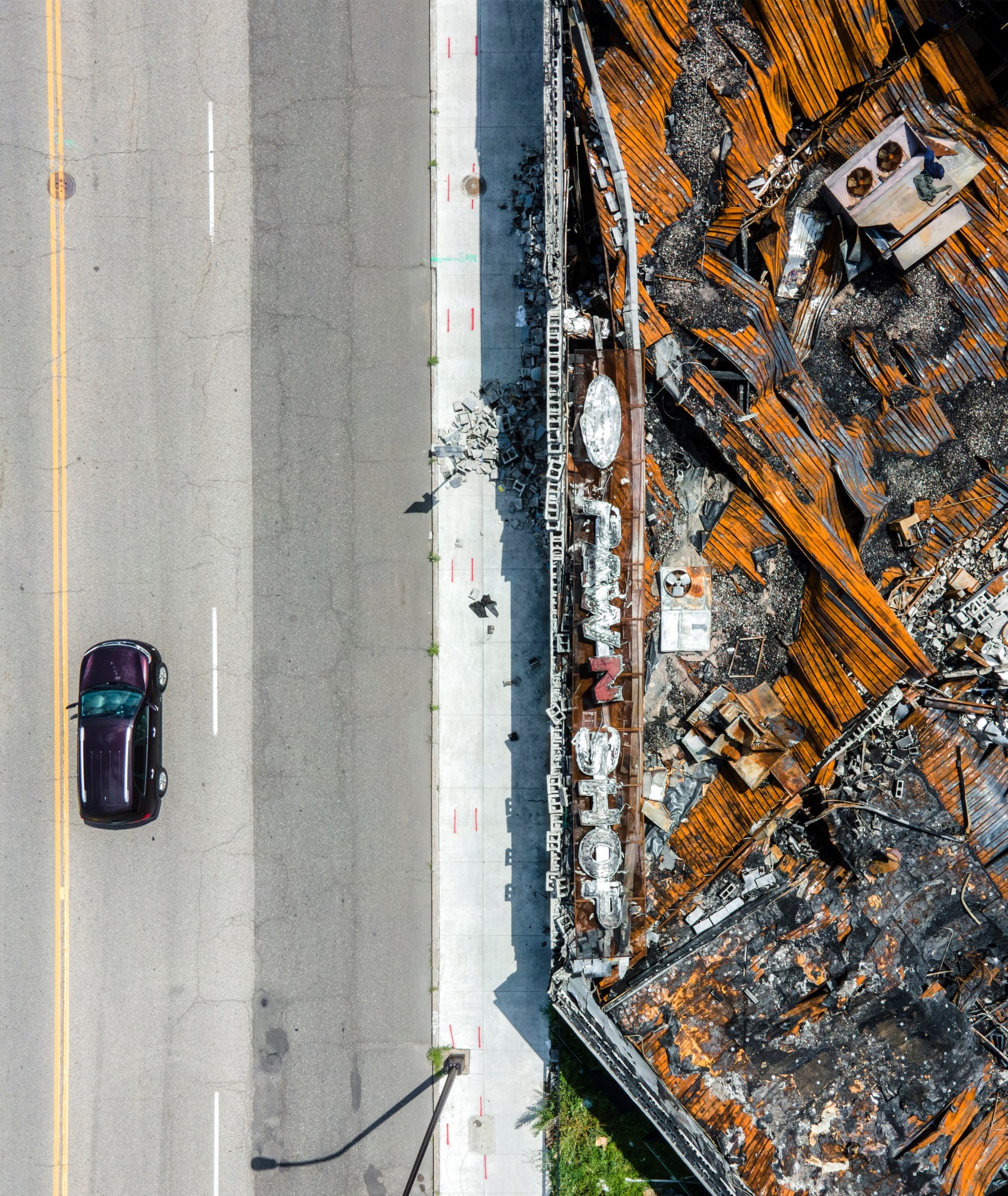
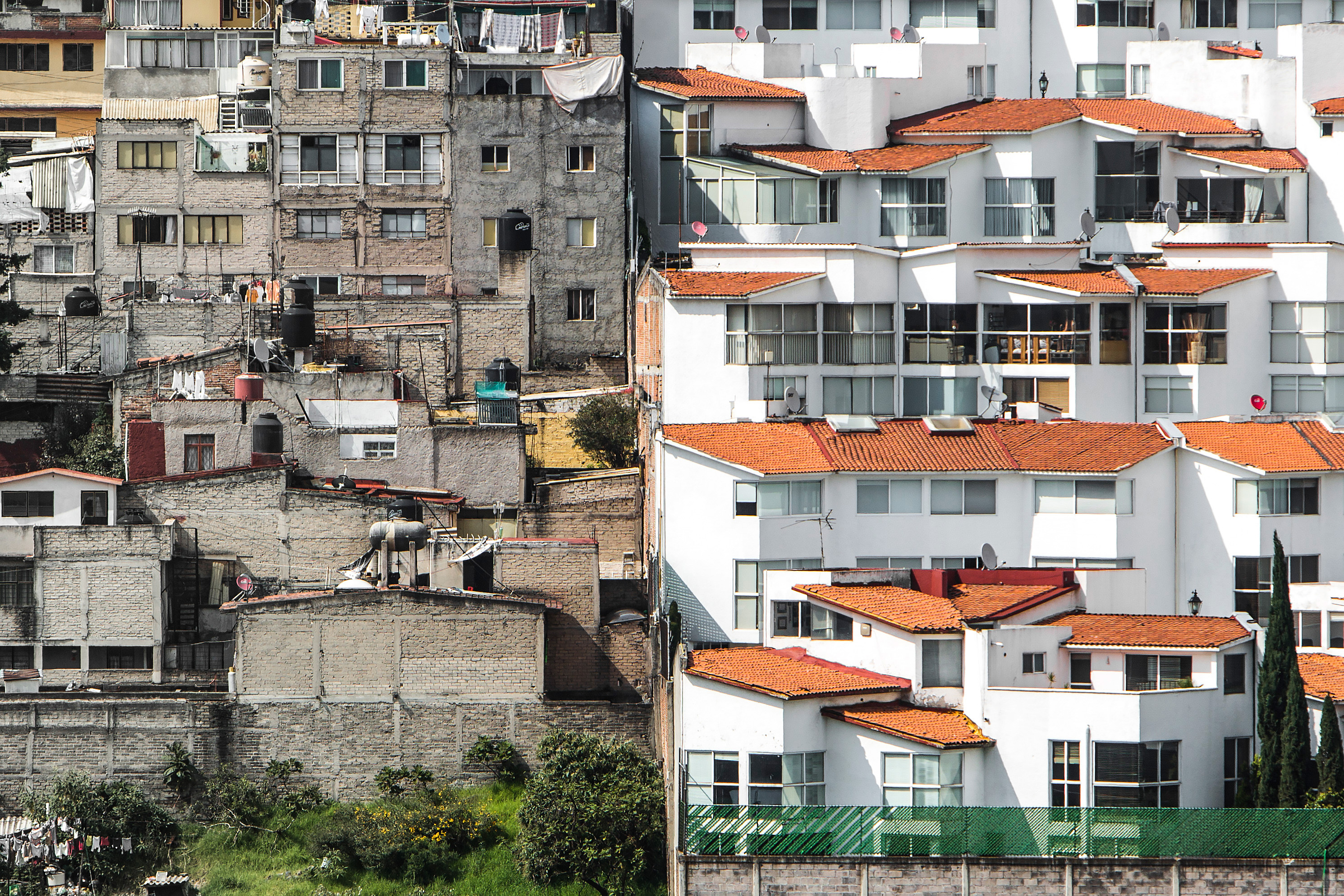
These images are part of “Unequal Scenes,” a drone photography project intended to illuminate scars in the urban fabric. More images from this project can be found on the Unequal Scenes site or on Instagram.
Deep Dive
Humans and technology
Building a more reliable supply chain
Rapidly advancing technologies are building the modern supply chain, making transparent, collaborative, and data-driven systems a reality.
Building a data-driven health-care ecosystem
Harnessing data to improve the equity, affordability, and quality of the health care system.
Let’s not make the same mistakes with AI that we made with social media
Social media’s unregulated evolution over the past decade holds a lot of lessons that apply directly to AI companies and technologies.
Stay connected
Get the latest updates from
MIT Technology Review
Discover special offers, top stories, upcoming events, and more.